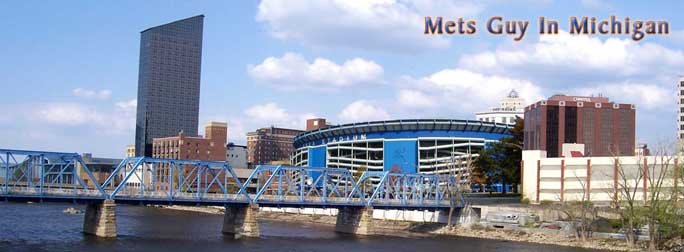 |
| Michigan Tech's coed dorm in July. |
It seems like it’s been
snowing non-stop for the last week, which makes for a lot of grumbling,
especially since the snow blower will be in the repair shop for a week.
I did some research after
shoveling yesterday and the accumulated snow is two Mets gnomes high! A Mets
gnome is just over 10 inches tall, so we’re talking some serious snow action.
That brings us to this week’s
bad postcard, which comes from Michigan Tech University, way up in Houghton, Mich.
The back reads” COED
RESIDENCE HALL, MICHIGAN TECHNOLOGICAL UNIVERSITY, Houghton, Michigan, in
Michigan’s Upper Peninsula.
So much to work with here,
First. Houghton is far away.
It’s in the furthest reaches of the Upper Peninsula. Residents can practically
see the North Pole. Santa quite possibly buys his groceries at the Houghton IGA
and reindeer feed at the Houghton Farm and Fleet.
How far is it? Let’s say a
bunch of drivers were leaving Detroit, with one car was headed to Washington,
D.C., one to Minneapolis, one to New York and the other to Houghton.
The drivers headed to New
York, Minneapolis and Washington would arrive at their destinations before the
people headed to Houghton, and that’s not counting built in time for that
carload of folks to stop and climb Castle Rock, which they obviously would do.
And snow. Let’s just say the
proud people of Houghton would scoff at my lamenting two feet of snow. The
average winter snowfall there is 218 inches. That’s 18.1 feet of snow. Or, using
our new unit of measurement, 21.2 Mets gnomes!
 |
| Snow depth is now measured in Mets gnomes. Houghton averages 20 gnomes worth of snow. |
So, back to our rather bland
postcard.
This card is firmly planted
in the ghost town genre of bad postcards, since there we get a building and no
signs of people. I do see two cars, which raises the possibility that there
might be at least two people inside. But we can’t see them, so that’s just a
guess.
We can see that this photo
was taken somewhere between July 4 and July 21, the period known as “rough
sledding.”
I see one big problem:
rampant hooliganism. Clearly someone has driven on the grass right before the
photog arrived.
But here’s the mystery. “Coed”
is the outdated term for a female college student. There are girls at Michigan
Tech?
This postcard was sent to
Louise and Alice in Dearborn Heights in 1969. According to the sometimes
accurate Wikipedia, the male to female student ratio was 22 to 1 in 1960. So
that means our cars belong to both residents and there was a lot of open rooms.
These days, the ratio isabout 3 to 1, with about 1,800 of the 7,000 students being women.
Some interesting Michigan
Tech facts:
It is a world-class
engineering school.
It was founded as Michigan
Mining School in 1885.
The school’s teams are named
the Huskies, and the mascot is Blizzard T. Huskie.
The hockey team has won three national championships, and counts famed goaltender Tony Esposito as an alumni
Winter Carnival is a big
deal, and the highlight is a snow statue competition.
Michigan Tech students hold world
records: the largest snowball, boasting a 21-foot circumference, and the largest
snowball fight, involving 3,745 people. Both were set in 2006.
The school for a time held
the record for most people simultaneously making snow angels, with 3,784.Apparently about 40 people wanted no part of the snowball fight, but didn’t
mind making snow angels.
The snow angel record was
swiped from the people of Bismarck, N.D., who apparently were not too pleased. Bismarck
is one of those places where, if you mess with them, they will unleash their collective
fury.
Bismarck took back the
record the next year, with nearly 9,000 people flailing about in the snow. There
are only about 60,000 people in Bismarck.
Do not mess with Bismarck.








